If a tire goes flat, avoid further tire and wheel damage by driving slowly to a level place. Turn on your hazard warning flashers.
Caution: Changing a tire can be dangerous. The vehicle
can slip off the jack and roll over or fall on you or other people. You and they could
be badly injured or even killed. Find a level place to change your tire.
To help prevent the vehicle from moving:
Put the wheel blocks at the front and rear of the tire farthest away
from the one being changed. That would be the tire on the other side, at the opposite
end of the vehicle.
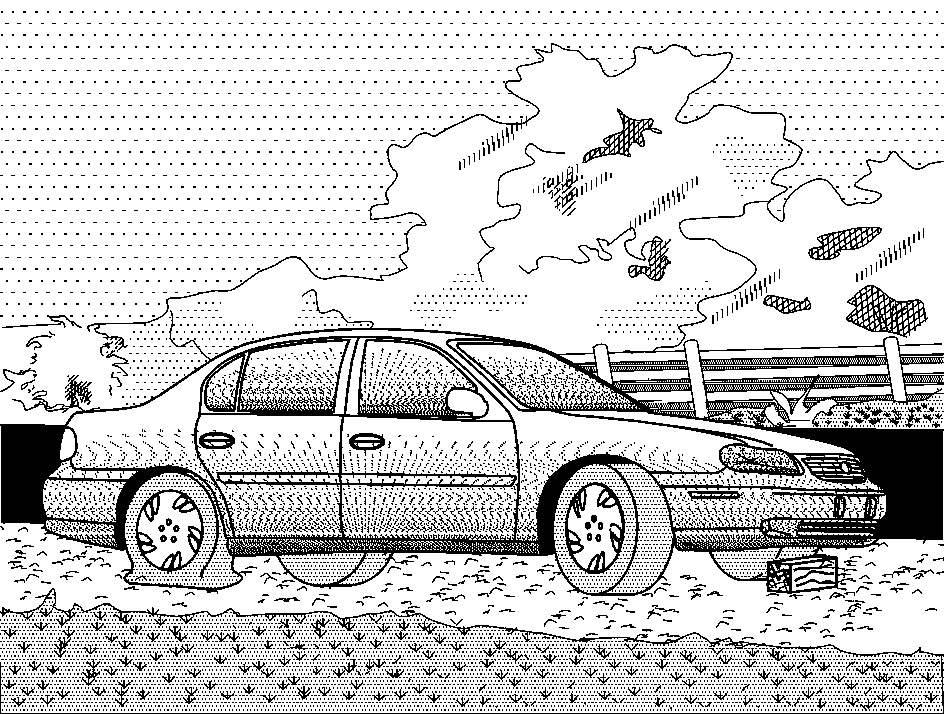
The following steps will tell you how to use the jack and change a tire.
Removing the Spare Tire and Tools
The equipment you'll need is in the trunk. The temporary spare wheel is stored in a compartment under the trunk floor.
- Open the trunk and remove the spare wheel cover.
- Turn the wing nut on the spare tire counterclockwise and remove it. Then lift the spare tire out of the vehicle. See Compact Spare Tire later in this section for more information about the compact spare.
- Remove the jack, wheel wrench, and nut cap removal tool from storage. Your vehicle's jack, wheel wrench, and nut cap removal tool are stored in a container in the floor, under the spare tire.
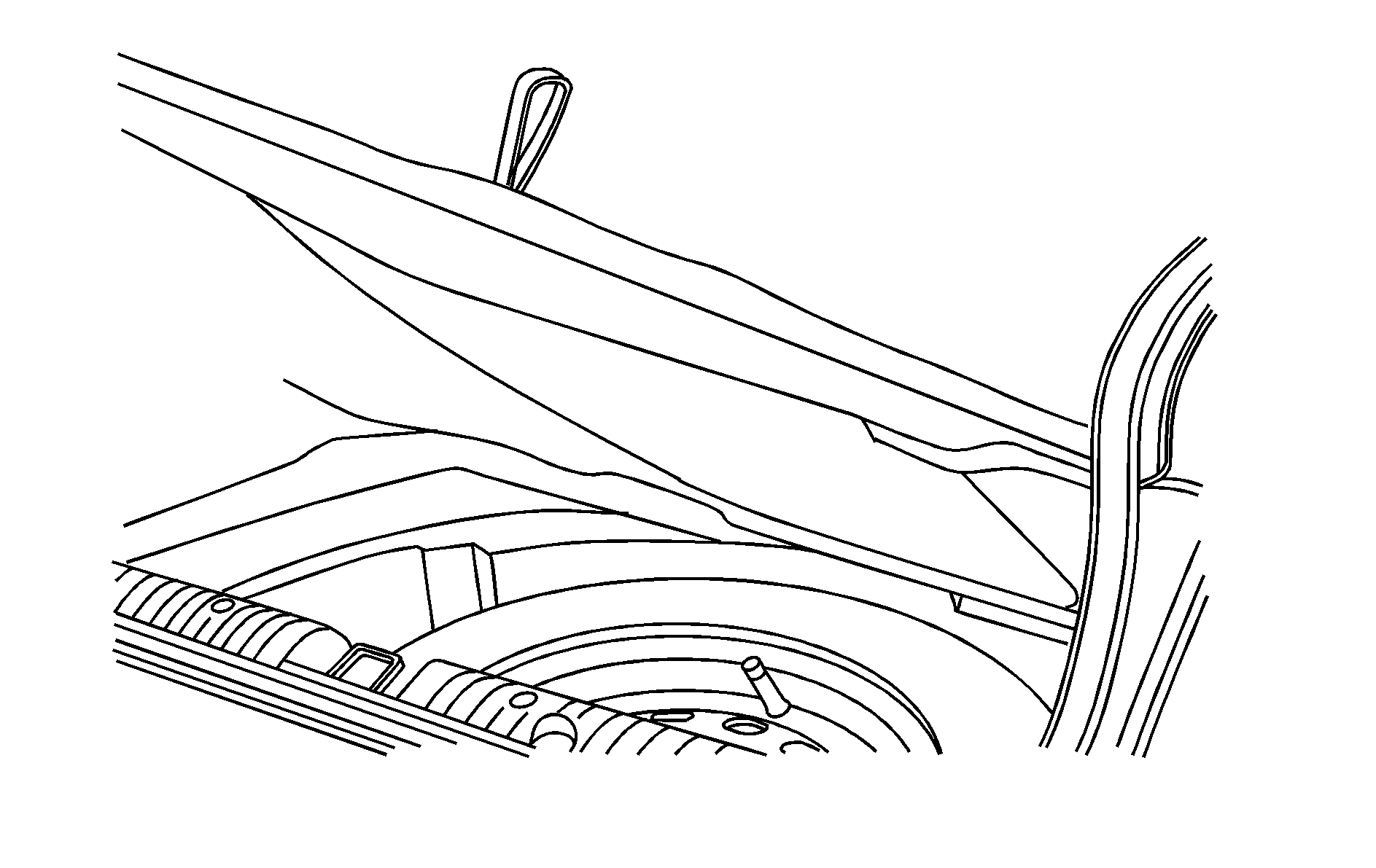
The spare wheel cover has a vehicle jacking label on it showing the instructions that should be followed.
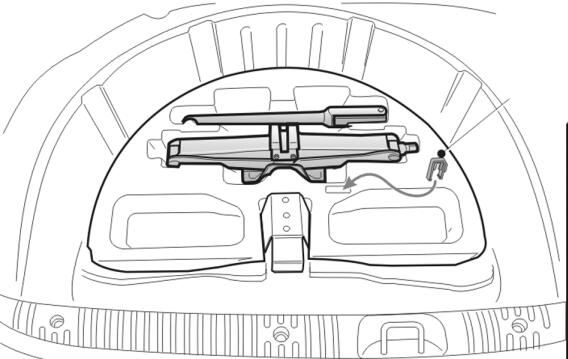
Removing the Flat Tire and Installing the Spare Tire
Remove the wheel nut caps as follows:
- Remove each wheel nut cap individually with the wheel nut cap tool provided. Insert the nut cap tool into the nut cavity, squeeze the tool to grasp the nut cap, and pull out to remove it. Store the nut caps in a clean area to avoid dirt getting into them.
- Then use the wheel wrench to loosen all the wheel nuts. Don't remove them yet.
- Put the compact spare tire near you.
- Raise the vehicle by turning the wheel wrench clockwise. Raise the vehicle far enough off the ground so there is enough room for the compact spare tire to fit underneath the wheel well.
- Remove all of the wheel nuts.
- Remove the flat tire.
- Install the compact spare tire.
- Put the wheel nuts back on with the rounded end of the nuts toward the wheel. Tighten each nut by hand until the wheel is held against the hub.
- Lower the vehicle by turning the wheel wrench counterclockwise. Lower the jack completely.
- Tighten the wheel nuts firmly in a crisscross sequence, as shown.
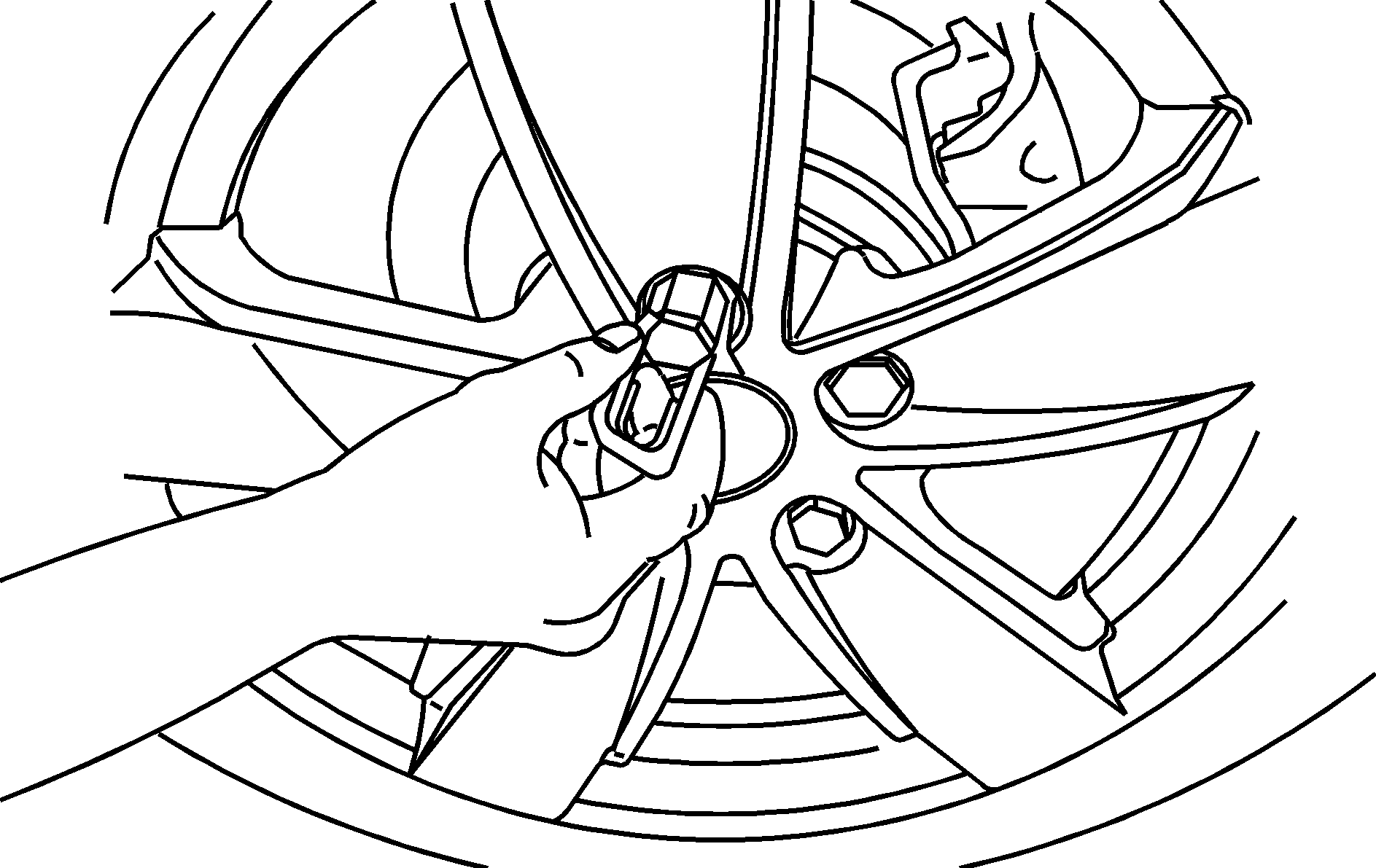
If the nut caps are hard to remove, use the tip of the wheel wrench to remove the nut caps.
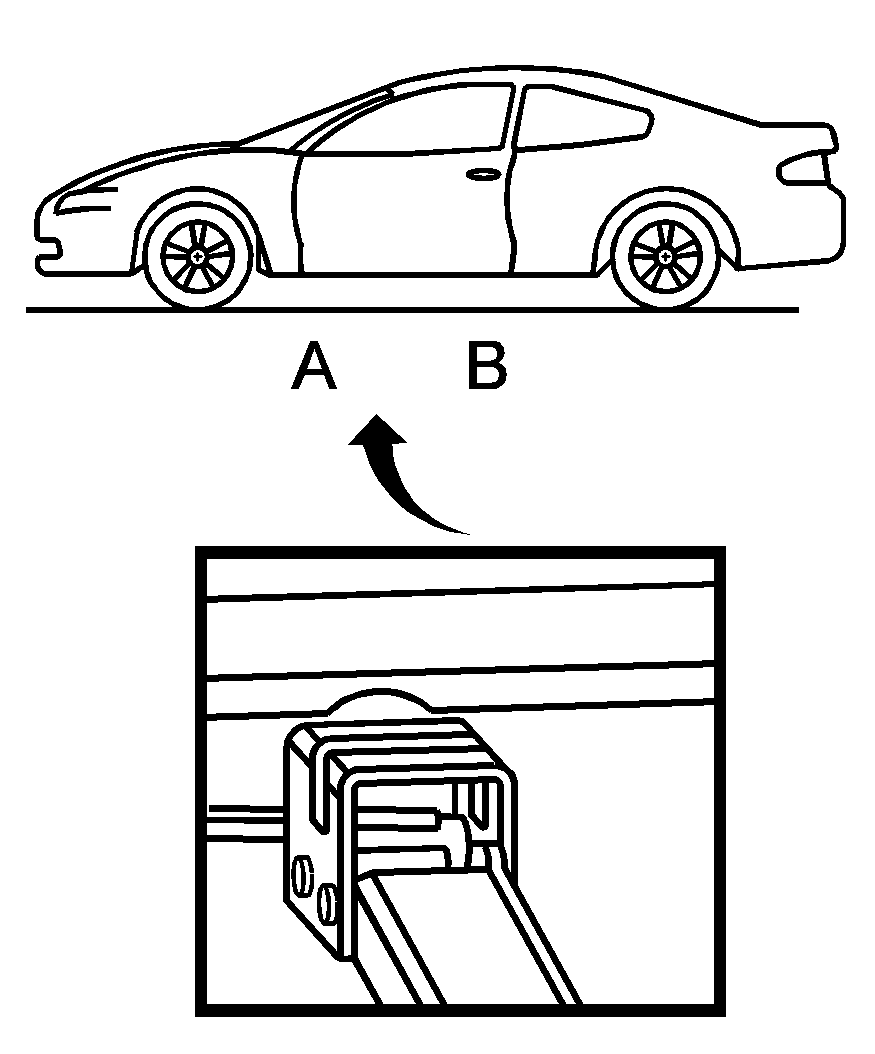
Fit the jack handle onto the jack by sliding the open end of the handle over the nut end of the jack. Position the jack and raise the jack head until it fits firmly into notches A and B in the vehicle's frame closest to the tire being changed.
Caution: Getting under a vehicle when it is jacked up is dangerous. If the vehicle slips off the jack you could be badly injured or killed. Never get under a vehicle when it is supported only by a jack.
Caution: Raising your vehicle with the jack improperly positioned can damage the vehicle and even make the vehicle fall. To help avoid personal injury and vehicle damage, be sure to fit the jack lift head into the proper location before raising the vehicle.
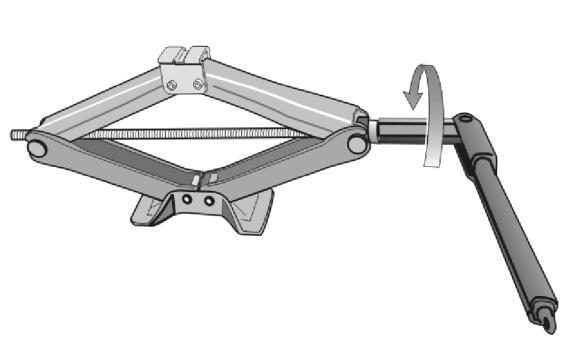
The jack handle must be unfolded to a right angle before it is used.
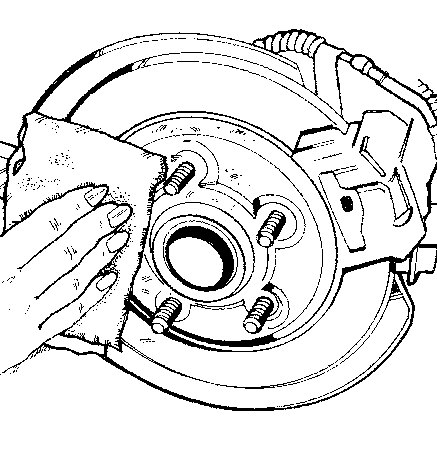
Remove any rust or dirt from the wheel bolts, mounting surfaces, and spare wheel.
Caution: Rust or dirt on a wheel or other parts to which it is fastened, can make the wheel nuts become loose and eventually the wheel could come off and cause a crash. Always remove all rust and dirt from wheels and other parts.
Caution: Never use oil or grease on bolts or nuts because the nuts might come loose. The vehicle's wheel could fall off, causing a crash.
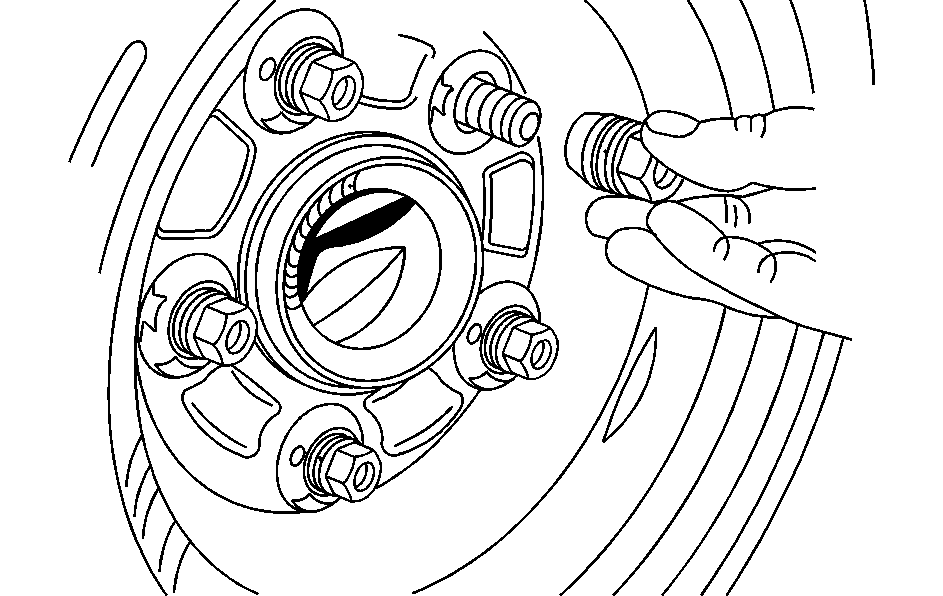
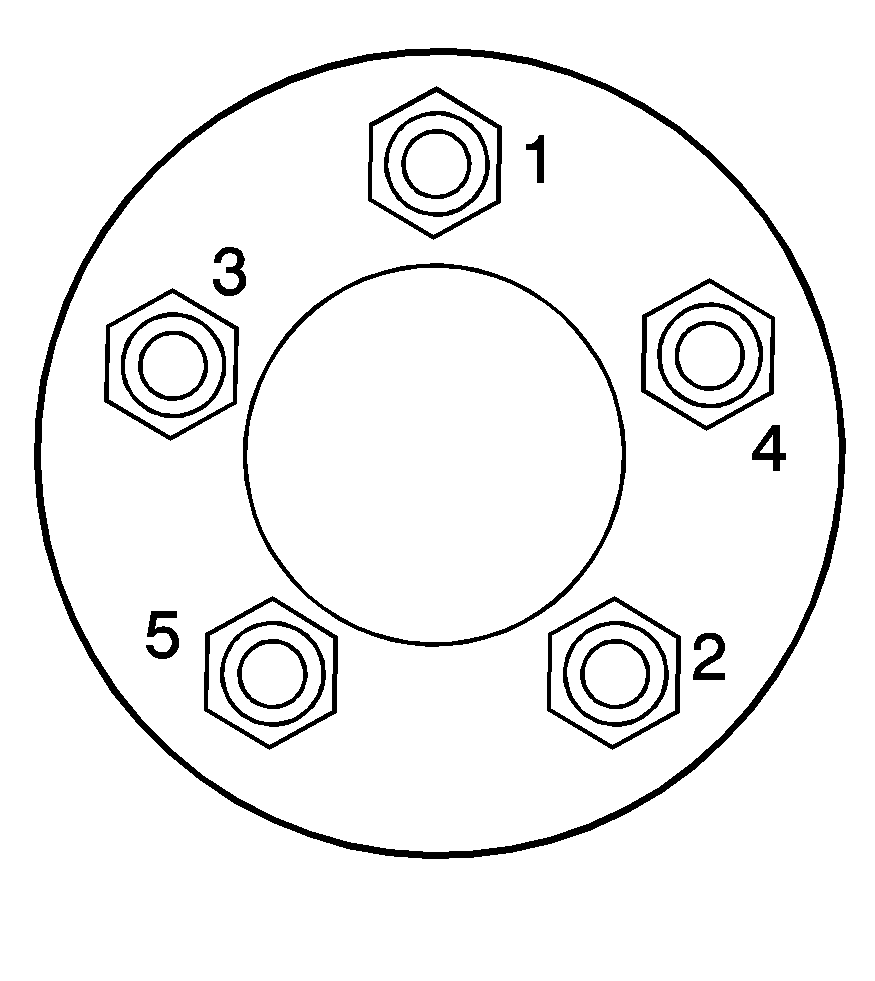
Caution: Incorrect or improperly tightened wheel nuts can cause the wheel to come loose and even come off. This could lead to a crash. If you have to replace them, be sure to get new original equipment wheel nuts. Stop somewhere as soon as you can and have the nuts tightened with a torque wrench to the proper torque specification. See Capacities and Specifications for wheel nut torque specification.
Notice: Improperly tightened wheel nuts can lead to brake pulsation and rotor damage. To avoid expensive brake repairs, evenly tighten the wheel nuts in the proper sequence and to the proper torque specification. See Capacities and Specifications for the wheel nut torque specification.
Notice: Wheel covers will not fit on your vehicle's compact spare. If you try to put a wheel cover on the compact spare, the cover or the spare could be damaged.
Storing the Flat Tire and Tools
Caution: Storing a jack, a tire, or other equipment in the passenger compartment of the vehicle could cause injury. In a sudden stop or collision, loose equipment could strike someone. Store all these in the proper place.
Store the tools in the same way that they were removed. Place the flat tire in the temporary spare tire well in the compartment under the trunk floor. Then place the spare tire cover over the flat tire.
Storing the Spare Tire and Tools
The compact spare is for temporary use only. Replace the compact spare tire with a full-size tire as soon as you can. See "Compact Spare Tire" following in this section. See the storage instructions label to replace your compact spare into your trunk properly.
